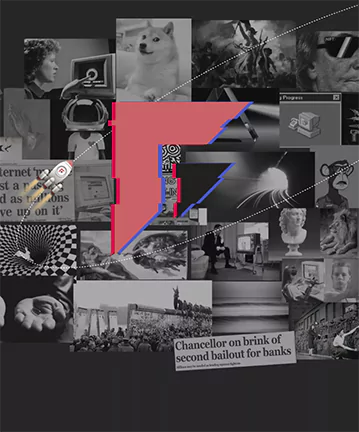Anyone who’s ever submitted a support ticket, collaborated with colleagues online, or managed code has probably used an Atlassian product. The maker of Jira, Confluence, Trello, and other team software surpassed more than $1 billion in annual revenue and is growing at close to 40 percent per year.
I recently sat down with Atlassian President Jay Simons at Lightspeed’s Enterprise Scale Summit and we discussed how the company evolved from its first product orders via fax to having more than 150,000 global customers, among other things. Below is an edited excerpt of our conversation. For the full interview, check out the latest episode of Lightspeed’s podcast, “Tomorrow, built today.”
Take us back to the beginning. What was the inspiration for Atlassian?
Our mission is to unleash the potential of teams. We believe transformative ideas can only be delivered through teamwork. And teamwork is hard. Our products help teams work better and ultimately unleash their full potential.
Our first product was Jira, which began shipping in 2002. In our earliest days, you could only buy a product through a faxed purchase order, and we worked hard to move the purchase process online and continually remove friction from the customer path. For the first handful of customers, the fax machine would hum, and someone would grab it and ask, “Who’s working with this company?,” and usually an engineer would raise their hand.
One day we got a fax from American Airlines. “Who’s working with American Airlines?.” No one raised their hand. They’d gone all the way through the funnel and purchased the product on their own. They were customer number 11, I think.
Since then we have worked to scale that high-velocity, self-service model. We keep the process as frictionless as possible. Almost all of the customers we land come to us on their own. Of course, we’ll smother them with love and help and incredible customer service when they need it.
Talk a little about your sales model.
There is a very powerful natural network effect and virality in our products. We work hard to land in small teams, and expand from there. A team of ten begets another team of ten, which begets another team of ten, then a hundred, and then a thousand, and so on.
We earn large customer transactions through the proven value of our products over time, and through great service and account management. We call our sales organization ‘advocates’ and that is their role — advocating on behalf of our products and on behalf of the customer.
What is it like for customers to engage with a company like Atlassian?
We’re adding thousands of new customers a month. That means we need to think differently about human engagement. And though we have this high-velocity, self-service flywheel, there are a lot of cases where customers need more energy and attention. We have more than 500 channel partners representing us all over the world, who tend to focus more heavily on really large enterprises. We’re also very thoughtful about segmentation and identifying customers who need more attention, and that’s where our direct teams engage alongside our channel.
Tell us about your pricing strategy.
Our pricing philosophy starts from a belief that we should be able to sell our product to every company on the planet, no matter how big or small. The other part of our philosophy is simplicity. We don’t want to put a large cognitive load on the customer as they’re trying to understand all their options. That’s why we started out with a flat price of $800 and held that line for a long time. It was just so easy to buy and so cheap that the decision was a no brainer. This was a kind of Johnny Appleseed strategy — we were just planting seeds everywhere. Over time we’ve expanded our offerings to add more value and premium capabilities into premium-priced editions. This creates more ways to land new customers and more ways to expand the large customer base we’ve built over time.
So scale is the topic of today’s summit. If you had to pick one factor that was crucial to scaling your organization, what would it be?
I’ll give you two. One is that we work really hard on systems. Even down to basic things like how decisions get made. Who makes them? How are they documented? Who needs to be informed of them? Can we create a system around decision-making that helps us make decisions faster as we scale.
The other thing is about speed. How do we make sure that we’re fast and urgent and take smart risks? You know those penguins congregate at the edge of the ice, and there’s the brave one that flings itself into the water? We want to be that penguin. Or maybe the second penguin, because the first one usually gets eaten.
We recognize that we’re not going to be the same company at 4,000 people that we were at 400, but we want to be the fastest and most urgent company of 4,000 in the world.
Authors




